fluid ounce and milliliter conversions is essential in various fields, from cooking to medicine. One of the most common conversions is from 16 fluid ounces (fl oz) to milliliters (ml). Whether you’re preparing a recipe, measuring ingredients for a drink, or calculating medication dosages, knowing the exact conversion is crucial.
This article provides a detailed guide on how to convert 16 fl oz to ml, explains the significance of this conversion, and explores practical applications across different contexts.
What is a Fluid Ounce (fl oz)?
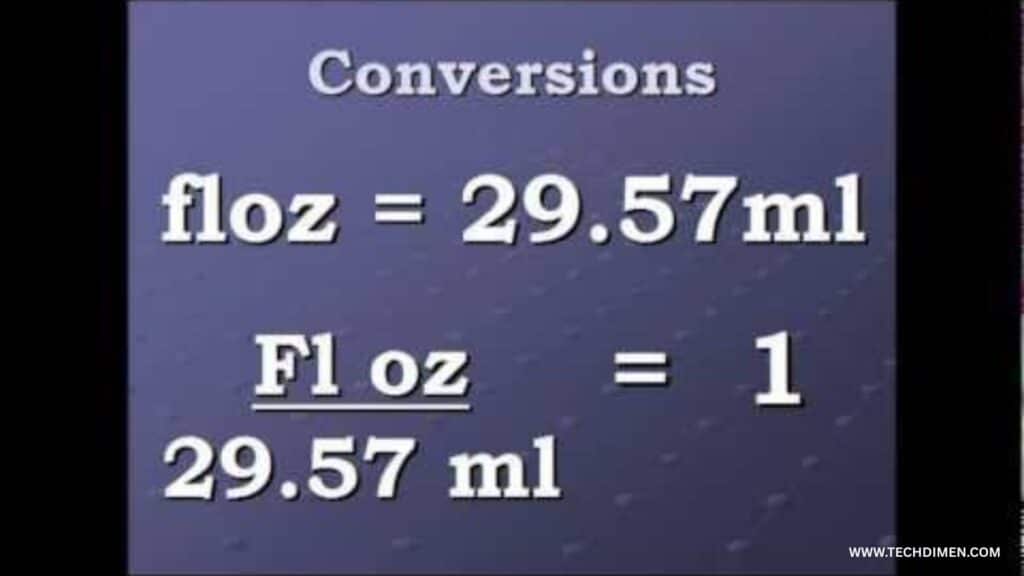
A fluid ounce (fl oz) is a unit of volume used primarily in the United States and other countries that use the imperial system. It’s used to measure liquids and sometimes solids that flow, like oils and milk. The fluid ounce is distinct from the ounce (oz), which measures weight.
In the US measurement system, 1 fluid ounce equals approximately 29.5735 milliliters. This is the conversion factor we’ll be using when converting 16 fluid ounces to milliliters.
A fluid ounce (fl oz) is a unit of volume used to measure liquids or fluids. It is part of the Imperial system of measurement, which is commonly used in the United States, and it is also used in some countries that follow the British Imperial system.
The Basics of a Fluid Ounce
A fluid ounce represents a specific volume of liquid, but it is important to note that it is different from an ounce used to measure weight or mass. In simple terms, a fluid ounce is about the volume a liquid occupies, not its weight.
- In the United States, one fluid ounce is defined as approximately 29.5735 milliliters (ml).
- In the United Kingdom, one fluid ounce is defined as 28.4131 milliliters (ml), which is slightly smaller.
This difference is crucial to understand, as the measurement can vary depending on the region.
Fluid Ounce vs. Ounce (Weight)
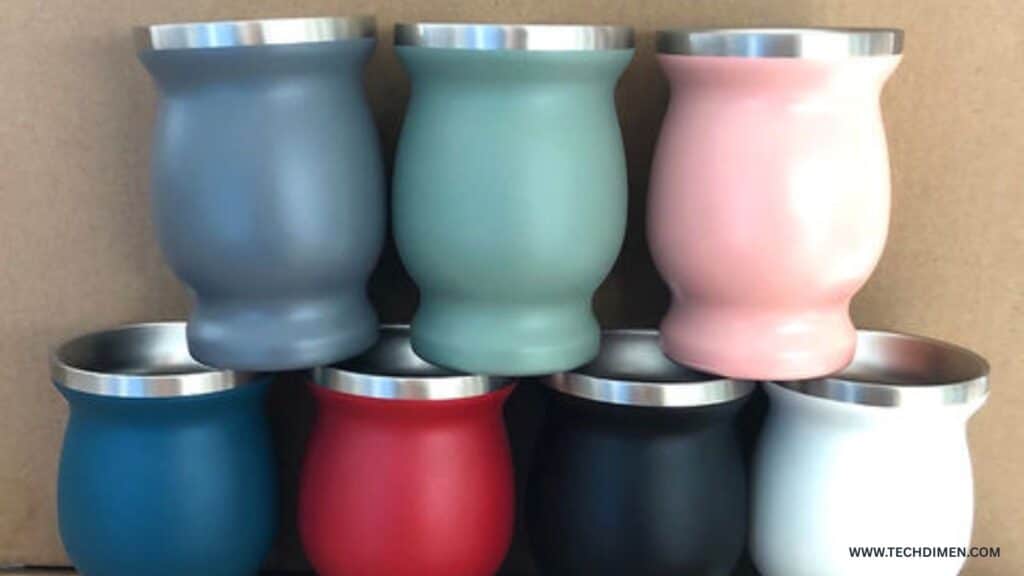
Many people get confused between a “fluid ounce” and a standard “ounce” (oz) used to measure weight. While both share the same name, they measure different things:
- Fluid ounces measure volume (the amount of space a liquid takes up).
- Ounces measure weight or mass (how heavy something is).
For example, a cup of water weighs about 8 ounces (oz), but it would measure about 8 fluid ounces (fl oz) by volume. However, 8 ounces of flour will not equal 8 fluid ounces, as the weight and volume of flour differ.
Practical Uses of Fluid Ounces
Fluid ounces are commonly used in:
- Cooking and baking: Recipes often call for fluid ounces when specifying liquids such as water, milk, or oils.
- Medical dosages: Medicine or liquid supplements often have measurements listed in fluid ounces, particularly in over-the-counter or prescription liquids.
- Beverage containers: Bottles, cans, and glasses are frequently labeled in fluid ounces to indicate the amount of liquid they hold.
Conversion of Fluid Ounces
Understanding how to convert fluid ounces into other units of volume is essential for accurate measurement in various applications:
- 1 US fluid ounce = 29.5735 milliliters (ml)
- 1 UK fluid ounce = 28.4131 milliliters (ml)
- 1 US fluid ounce = 1/8 cup or 2 tablespoons
- 1 US pint = 16 fluid ounces
- 1 US gallon = 128 fluid ounces
Why Are Fluid Ounces Important?
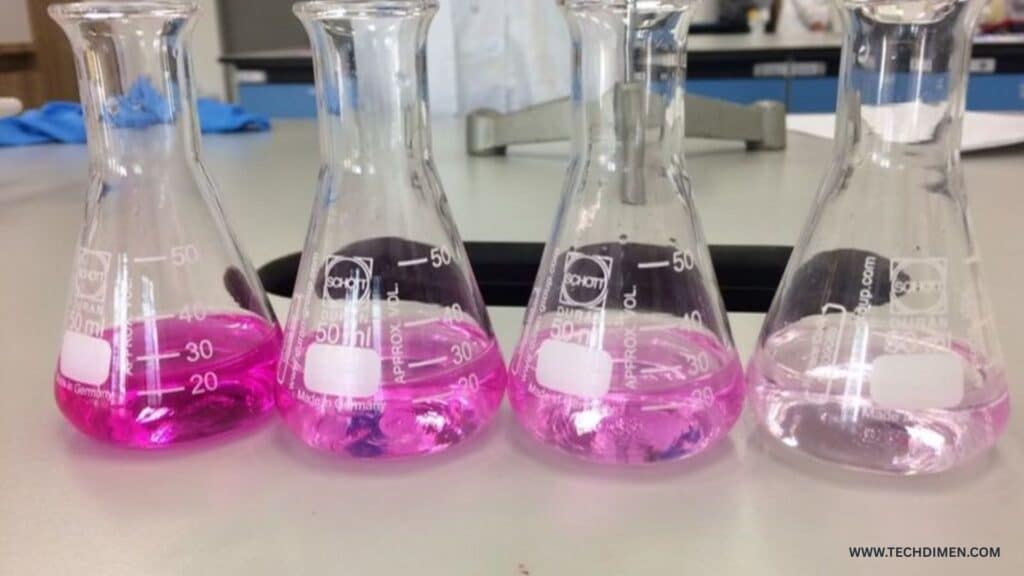
The fluid ounce is a standard measurement used widely across industries. Its precise measurement is critical in areas like cooking, medicine, and beverage production, where accurate quantities are necessary for safety and quality control. Knowing how to convert fluid ounces to other volume units ensures that measurements are accurate across different systems.
In summary, a fluid ounce (fl oz) is a unit of liquid volume used mainly in the United States and some other regions that follow the Imperial system. While it shares the same name as an ounce (oz) used for weight, they measure different things and should not be confused. Whether you’re baking, cooking, or measuring medicine, understanding fluid ounces is key to getting the right quantities in your recipes or dosages.
Converting 16 Fluid Ounces to Milliliters
The formula to convert fluid ounces (fl oz) to milliliters (ml) is straightforward:
1 fl oz = 29.5735 ml
To convert 16 fluid ounces (fl oz) to milliliters (ml), multiply 16 by 29.5735:
16 fl oz × 29.5735 = 473.176 ml
Thus, 16 fluid ounces equals 473.176 milliliters.
To convert fluid ounces (fl oz) to milliliters (ml), you can use the following conversion factor:
- 1 US fluid ounce (fl oz) = 29.5735 milliliters (ml)
Now, to convert 16 fluid ounces to milliliters:
Step-by-Step Conversion:
- Start with the conversion factor:
1 fl oz = 29.5735 ml - Multiply the number of fluid ounces by the conversion factor:
16 fl oz × 29.5735 ml/fl oz = 473.176 ml
Final Answer:
16 fluid ounces (fl oz) = 473.176 milliliters (ml)
So, 16 fl oz is approximately 473.18 ml when rounded to two decimal places.
Practical Use:
This conversion is commonly needed in cooking, beverage servings, or when dealing with liquid medications. For example, a standard US pint contains 16 fluid ounces, which equals 473.18 ml of liquid.
Conversion Table for Fluid Ounces to Milliliters
| Fluid Ounces (fl oz) | Milliliters (ml) |
|---|---|
| 1 fl oz | 29.5735 ml |
| 2 fl oz | 59.147 ml |
| 5 fl oz | 147.868 ml |
| 10 fl oz | 295.735 ml |
| 16 fl oz | 473.176 ml |
| 20 fl oz | 591.47 ml |
Why Convert 16 fl oz to ml?
Converting from fluid ounces to milliliters is often necessary in contexts like cooking, medicine, and scientific measurements. Here’s why:
1. Cooking and Recipes
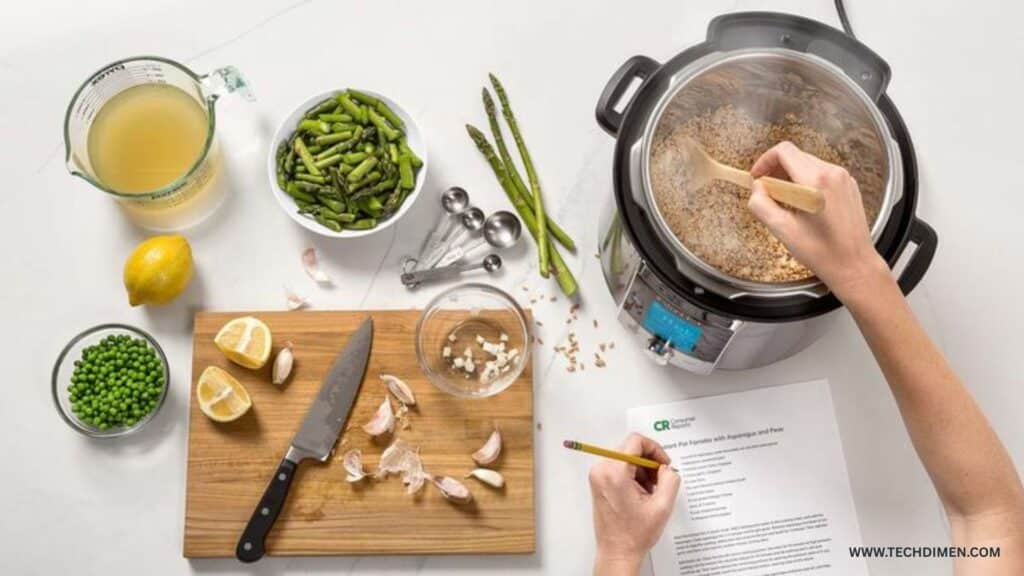
Most recipes, especially those in countries that use the metric system, list measurements in milliliters (ml). Whether you’re following a recipe from a cookbook or an online source, you might encounter ingredients measured in milliliters. 16 fl oz in cooking could translate to roughly 473 ml. If you need to adjust a recipe, converting fluid ounces to milliliters ensures you’re using the correct proportions.
2. Medicine and Dosages
When dealing with medications, dosages are frequently given in milliliters. For example, if you’re given a prescription with a dosage of 16 fl oz of liquid medicine, converting this to milliliters helps ensure accuracy. 16 oz to ml for medicine would be approximately 473 ml, which is essential for proper administration.
3. Beverages and Drinks
Beverage manufacturers and baristas often need to convert 16 oz to ml to standardize drink sizes. For example, a 16 oz drink from your favorite coffee shop contains 473 milliliters of liquid. This measurement is helpful for consistency in recipes and for nutritional purposes.
Practical Uses of 16 oz to ml Conversion
Cooking Conversion: 16 Fluid Ounces to Milliliters
When following cooking measurements, you may need to convert fluid ounces to milliliters for precise measurements of liquids. For example:
- 1 cup of liquid equals 8 fl oz, which is 237 ml.
- 2 cups equals 16 fl oz, which equals 473 ml.
If a recipe calls for 16 fl oz of a liquid like milk or broth, you would need approximately 473 milliliters.
Beverage Industry
In the beverage industry, knowing the exact conversion of 16 fl oz to milliliters is critical. Many products, such as soda cans or water bottles, are labeled with fluid ounces but must also be presented in milliliters for international consumers. A typical soda can, for instance, might contain 16 fl oz or 473 ml.
Medicine and Health
16 fl oz to ml conversion plays an important role in healthcare. If a prescription specifies 16 fl oz of liquid medicine, you must know that it equals 473 ml. This ensures that the proper dosage is administered. Additionally, measuring liquid medicines in milliliters ensures accuracy and consistency.
Fluid Ounces vs Milliliters: Key Differences
Understanding the distinction between fluid ounces and milliliters is essential for proper conversions. Here are the key differences:
- Fluid Ounces (fl oz): A unit of volume used primarily in the US and countries using the imperial system. It measures liquids (and some solids that flow) in ounces.
- Milliliters (ml): A metric unit of volume used worldwide, particularly in scientific, medical, and international cooking contexts. It’s part of the metric system, making it widely used for precise measurements.
| Unit | Measurement System | Volume |
|---|---|---|
| Fluid Ounce (fl oz) | Imperial (US) | 1 fl oz = 29.5735 ml |
| Milliliter (ml) | Metric (Global) | 1 ml = 0.0338 fl oz |
Fluid Ounce to Milliliter Conversion Formula
The formula for converting fluid ounces to milliliters is simple and relies on a fixed conversion factor:
1 fl oz = 29.5735 ml
To convert fluid ounces to milliliters:
- Multiply the number of fluid ounces by 29.5735.
- Example: 5 fl oz × 29.5735 = 147.868 ml
- To convert 16 fl oz to ml, multiply 16 by 29.5735:
- 16 fl oz × 29.5735 = 473.176 ml
Using an Oz to Ml Conversion Calculator
If you don’t want to manually calculate the conversion, many online oz to ml calculators can help. Just enter the fluid ounce value, and it will automatically convert it into milliliters.
When Should You Convert 16 Fluid Ounces to Milliliters?
You may need to convert 16 fluid ounces to milliliters in various scenarios, including:
- Cooking: When you’re following recipes that use metric measurements, such as 16 oz to ml in recipes for baking or cooking.
- Medicine: When you need to measure liquid medication in milliliters, ensuring accurate dosages.
- Beverages: When determining the size of drinks, especially in countries that use the metric system, where beverage sizes are often listed in milliliters.
Conversion Chart for Common Fluid Ounce to Milliliter Measurements
Here is a conversion chart that outlines some of the most commonly used fluid ounce to milliliter conversions:
| Fluid Ounces (fl oz) | Milliliters (ml) |
|---|---|
| 1 fl oz | 29.5735 ml |
| 5 fl oz | 147.868 ml |
| 10 fl oz | 295.735 ml |
| 16 fl oz | 473.176 ml |
| 20 fl oz | 591.47 ml |
| 32 fl oz | 946.352 ml |
| 64 fl oz | 1,892.704 ml |
Why Knowing Fluid Ounce to Milliliter Conversions is Important
Understanding how to convert fluid ounces (fl oz) to milliliters (ml) is essential in many everyday situations, especially in cooking, medicine, and various scientific and professional contexts. Knowing the conversion can save you from mistakes, help with accurate measurements, and ensure you’re following international standards. Here’s why knowing these conversions is so important:
1. Cooking and Baking (International Recipes)
When cooking or baking, recipes often use fluid ounces for liquids, especially in the United States. However, many countries around the world use the metric system, and recipes in those regions may list ingredients in milliliters. Being able to convert fluid ounces to milliliters ensures you can follow international recipes accurately, especially when traveling or cooking dishes from different cultures.
- Example: A recipe from the UK may call for 300 ml of water, but if you only have a measuring cup with fluid ounce markings, you’ll need to convert it. Understanding that 1 fl oz = 29.5735 ml means you can easily figure out that 300 ml = about 10.14 fl oz.
2. Precise Measurement in Medicine and Healthcare

In medical and healthcare settings, accurate dosing is critical. Liquid medications or supplements are often prescribed in milliliters (ml), but in the US, liquid dosages are sometimes provided in fluid ounces. Whether you are a healthcare professional or a patient, understanding the conversion between fluid ounces and milliliters ensures you administer the correct amount of medication.
- Example: If a prescription indicates 2 fl oz of a liquid medication, you’ll need to know that this is equivalent to 59.15 ml. Incorrect measurements could lead to under- or overdosing, which can be dangerous.
3. Packaging and Labeling for Consumer Products
In many countries, consumer products, such as beverages, cleaning solutions, or beauty products, are labeled in milliliters, especially if they are sold internationally. For businesses exporting products or consumers comparing products from different countries, knowing how to convert between fluid ounces and milliliters is essential for accurate understanding of product size or volume.
- Example: A bottle of juice in the U.S. may be labeled as 16 fl oz, but if you are comparing it with an international product labeled in milliliters, you’ll need to know that 16 fl oz = 473.18 ml.
4. Traveling and International Liquid Restrictions
When traveling internationally, liquid restrictions in airports or customs regulations may require you to understand both fluid ounces and milliliters. For example, carry-on liquids are typically limited to 100 ml per container in many countries. If you’re traveling with products labeled in fluid ounces, knowing the conversion can help you stay within the allowed limits.
- Example: If a bottle of shampoo contains 3 fl oz, you’ll need to know it’s equivalent to 88.72 ml, which is under the 100 ml liquid limit for international flights.
5. Food and Beverage Industry Standards
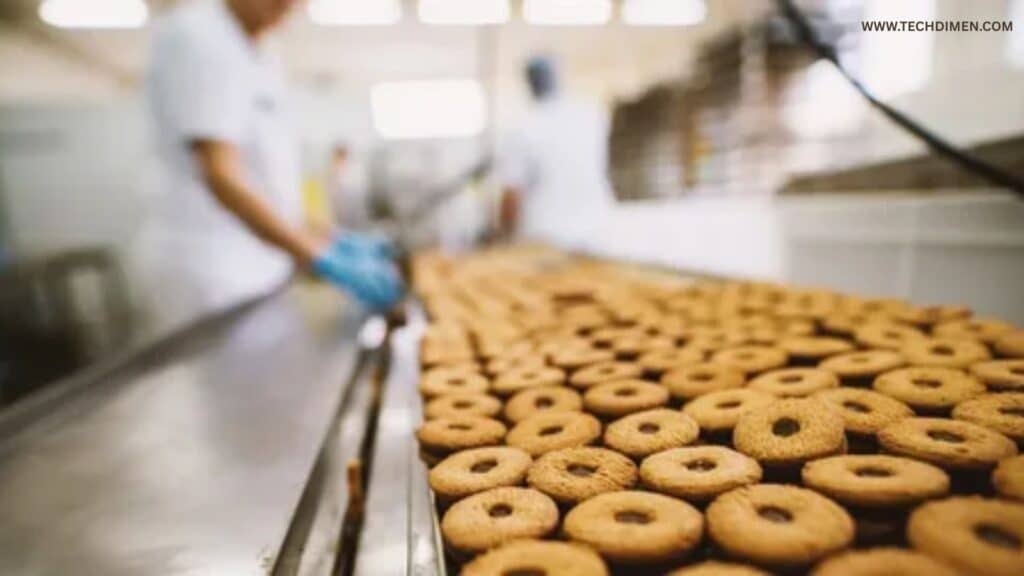
In the food and beverage industry, especially when working with international suppliers or serving sizes, understanding both fluid ounces and milliliters is crucial. Bottles, cans, and containers may be labeled in milliliters, especially in countries that use the metric system, so converting these measurements is necessary for product consistency, recipe formulation, and inventory management.
- Example: A recipe may require 16 fl oz of olive oil, which equals 473 ml, but a supplier might provide it in milliliters. Knowing the conversion allows you to maintain consistency in product quantity and usage.
6. Scientific Research and Laboratory Work
In scientific research, experiments are often conducted using precise measurements of liquids. In countries that use the metric system, milliliters are the standard unit of measurement, while fluid ounces are used primarily in the U.S. Whether in chemistry, biology, or physics, accurate conversions are vital to ensure that substances are measured correctly and results are reliable.
- Example: A laboratory protocol might require 200 ml of a chemical solution, but if you’re working in a lab in the U.S. where measurements are given in fluid ounces, you’ll need to convert it to 6.76 fl oz to follow the protocol correctly.
7. Health and Fitness Monitoring
For individuals tracking fluid intake, such as athletes or those focusing on hydration, milliliters are often used to measure how much water or other liquids are consumed throughout the day. Many fitness and health apps track water consumption in milliliters, making it essential to convert fluid ounces to milliliters to maintain accurate hydration logs.
- Example: If you’re drinking a bottle of water that holds 16 fl oz, you can easily convert it to 473 ml to track your daily fluid intake using an app or journal that uses milliliters.
8. Environmental and Sustainability Concerns
In some cases, understanding the volume of liquids in milliliters can help with waste reduction or sustainability efforts, especially in food and beverage packaging. By knowing how much liquid is contained in a product, consumers and businesses can make more informed choices about product usage, packaging sizes, and environmental impact.
- Example: A company producing beverages may want to know how much liquid is in a 16 fl oz can when considering whether to switch to a smaller, more environmentally friendly package. Knowing that 16 fl oz = 473.18 ml can help them decide the optimal size for sustainability.
FAQs
Here are some frequently asked questions (FAQs) regarding the conversion of 16 fluid ounces (fl oz) to milliliters (ml):
1. How many milliliters are in 16 fluid ounces?
Answer:
There are approximately 473.18 milliliters (ml) in 16 fluid ounces (fl oz). To be precise, 16 fl oz = 473.176 ml when rounded to four decimal places.
2. Why do fluid ounces and milliliters differ in size between the US and UK?
Answer:
The US fluid ounce is slightly larger than the UK fluid ounce.
- 1 US fl oz = 29.5735 ml
- 1 UK fl oz = 28.4131 ml
So, when converting 16 fl oz: - 16 US fl oz = 473.176 ml
- 16 UK fl oz = 454.6096 ml
This difference is important when working with international recipes or product measurements.
3. How do I convert 16 fl oz to milliliters?
Answer:
To convert 16 fluid ounces to milliliters, simply multiply by 29.5735 (the US conversion factor).
Formula:
16 fl oz × 29.5735 ml/fl oz = 473.176 ml
4. What is the best way to measure 16 fluid ounces in milliliters?
Answer:
You can measure 16 fluid ounces using a liquid measuring cup marked in milliliters. Many modern measuring cups and kitchen scales also have both fluid ounce and milliliter markings, so you can easily measure the equivalent of 473.18 ml.
5. What if I need to convert other fluid ounce amounts to milliliters?
Answer:
You can use the same conversion factor of 1 fl oz = 29.5735 ml. For example:
- 8 fl oz = 236.588 ml
- 32 fl oz = 946.352 ml
Just multiply the number of fluid ounces by 29.5735 to get the milliliters.
6. Can I use the same conversion factor for both US and UK fluid ounces?
Answer:
No, the conversion factor differs between US and UK fluid ounces.
- For US fluid ounces, use 29.5735 ml per fl oz.
- For UK fluid ounces, use 28.4131 ml per fl oz.
So, if you’re converting 16 fl oz from the US, the result will be about 473.18 ml, while for the UK, it will be about 454.61 ml.
7. When should I use fluid ounces instead of milliliters?
Answer:
Fluid ounces are typically used in countries like the US, especially for liquids in cooking, beverage sizes, or packaging. Milliliters are used in most other parts of the world and in scientific and medical contexts. If you’re working with recipes, measuring medications, or traveling internationally, you may need to convert between fluid ounces and milliliters.
8. Is the conversion of 16 fluid ounces to milliliters important for recipes?
Answer:
Yes! If you’re following a recipe that uses milliliters and you only have fluid ounces to work with (or vice versa), it’s important to convert the measurements accurately. Using the correct quantity ensures your recipe turns out as intended.
9. What’s the equivalent of 16 fl oz in cups or pints?
Answer:
If you’re looking to convert 16 fluid ounces to other common measurements:
- 16 fl oz = 2 cups (since 1 cup = 8 fl oz)
- 16 fl oz = 1 pint (since 1 pint = 16 fl oz)
These conversions are helpful in recipes or when understanding serving sizes for beverages and food.
10. Can I use a standard cup measurement to measure 16 fluid ounces?
Answer:
Yes, 16 fluid ounces equals 2 cups, so if you have a measuring cup with markings for cups, you can simply fill it to the 2-cup line to get 16 fl oz or 473.18 ml.
Conclusion
Whether you’re following a recipe, preparing a dose of medicine, or measuring a beverage, knowing how to convert 16 fluid ounces to milliliters is an essential skill. With 16 fl oz equaling 473.176 ml, you can confidently convert fluid ounces to milliliters for various applications. By understanding both units and their practical uses, you can ensure accurate measurements and conversions in any situation.
For a quick reference, use conversion charts and calculators available online. Always ensure you’re working with the correct unit of measurement, and remember that milliliters are the standard unit in many parts of the world, making this conversion an essential part of your measurement toolkit.

Jhon AJS is a tech enthusiast and author at Tech Dimen, where he explores the latest trends in technology and TV dimensions. With a passion for simplifying complex topics, Jhon aims to make tech accessible and engaging for readers of all levels.







